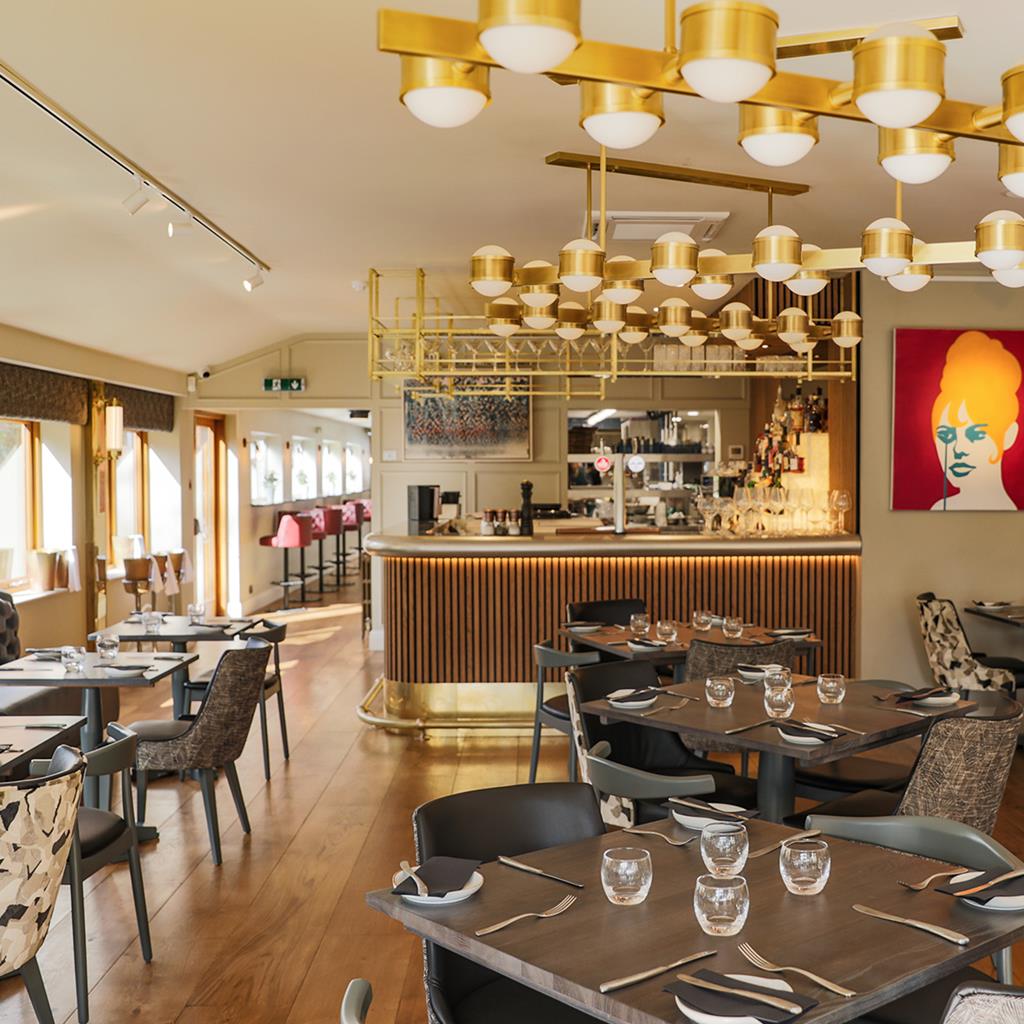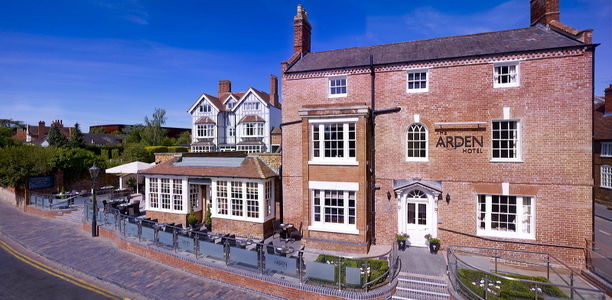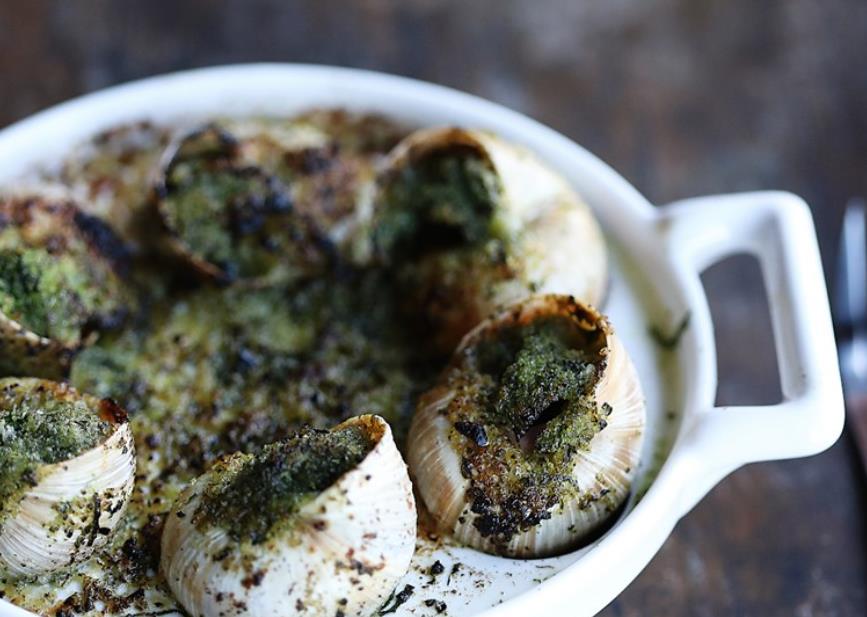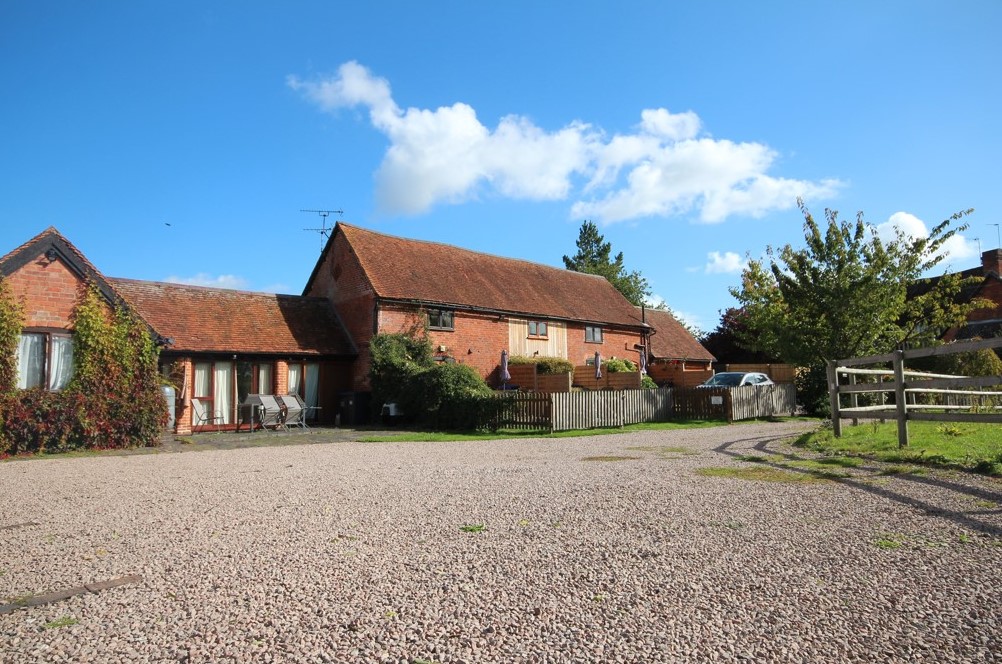In a tranquil rural setting, Mallory Court Country House Hotel & Spa is an elegant Lutyens-…
A walk to Hatton Locks

5 miles (8kms)
About the walk
Midway round this fascinating walk to the west of Warwick is one of the area’s best-known landmarks, known as the ‘Stairway to Heaven.’ When Hatton Locks were in constant demand in the great days of the Industrial Revolution, the working boatmen who plied Britain’s inland waterways both feared and admired this engineering masterpiece. It was at the end of 1799, with a new century about to dawn, that this canal first opened. In those far-off days it was known as the Warwick and Birmingham Canal and it was constructed to transport locally mined coal to the factories and power stations of the Black Country. It was also a key component of the network of eight waterways connecting London with Birmingham and the centre of England. In the same way that the railways were originally owned and run by numerous private companies, so the country’s canals were in private hands. The companies all vied for the best business but by now roads and railways were having a serious effect on water-based trade routes. In 1929 one company acquired the eight canals that linked London and the industrial Midlands and renamed them the Grand Union Canal. Immediately, the Grand Union Canal Company was faced with a serious challenge. To make it viable in those desperately competitive times, it needed to implement an extensive modernisation programme.
Signal box on the canal
One of the company’s priorities was to widen the 21 locks at Hatton to enable two narrowboats to enter them and therefore speed up the process of transporting goods and cargo. The lock widening work began in 1932 and two years later HRH the Duke of Kent officially opened the 52 new wide locks on the now much improved Grand Union. In the canal’s heyday the boats carried coal, cement, tea, sugar and spice. There was also a busy maintenance yard at Hatton. Here, a blacksmith toiled away creating heavy lock gates. The tall building seen from the bridge is known as the Signal Box. It was once used as the toll clerk’s office. The windows gave him a good view of all the activity on this stretch of the canal and this way no boatman could sneak through without paying their toll – 1d per mile based on the type of cargo carried. From the top of the locks to the bottom is a distance of 2.5 miles (4km) and following the towpath on this section offers the visitor a fascinating insight into the story of one of Britain’s great engineering achievements.
Walk directions
From the car park take the access road to Old Budbrooke Road, turn right to cross the Grand Union Canal and walk up to the A4177. Cross over at the pedestrian lights, turn right towards the roundabout for a few paces, then turn left at the sign for Wedgenock Park Farm, following the bridleway. Soon the farm road bends left; continue on it with fields on the left and hedge on the right. Pass several cottages and when the track sweeps right to farm outbuildings, turn left to follow the waymarked path around the left edge of the field.
Continue by track in the next pasture and on reaching a junction in front of trees, turn right for a few paces and then left at the corner of the wood. Follow the bridleway and pass through the gap in the field corner, keeping along the left boundary in the next pasture. Continue ahead across farmland, following the obvious path. Ascend a gentle slope towards houses and at a T-junction with a path, turn right.
Away to the right, in the far distance, is the tower of Warwick church. Pass a footpath on the left and continue to the top of the rise. Turn left at the bridleway sign towards Turkey Farm. Pass a pond on the right and the farm outbuildings on the left, go through double gates and follow the track to the road. Turn right, then left at the next footpath. Go through a galvanized kissing gate and walk ahead towards a spinney and a curtain of trees to the right. Keep to the right of the spinney, follow the track and bend left at the waymark towards Home Farm.
Just before reaching it, look for a kissing gate on the left and follow the woodland path, bypassing the farm outbuildings. Go through two more gates and follow the farm access road to the A4177. Turn left, follow the pavement beside The Hatton Arms public house and continue for about 200yds (183m) to a turning on the right for Hatton Locks.
On reaching the canal you have a choice. To visit the Hatton Locks Café, cross the waterway at the bridge and turn right. There is a pleasant view of The Hatton Arms over to the right. The route of the walk does not cross the canal. Instead, it turns left to follow the towpath of the Grand Union all the way to the bridge (51c) carrying Old Budbrooke Road. Leave the towpath at this point, cross the bridge and turn left for the car park where the walk began.
Additional information
Field paths and tracks, pavement, towpath
Farmland and the Grand Union Canal
On lead on open farmland and in the vicinity of The Hatton Arms and the car park at the start and finish of the walk
OS Explorer 221 Coventry & Warwick
Fee-paying car park off Old Budbrooke Road, near Warwick Parkway station
At Hatton Locks Cafe
WALKING IN SAFETY
Read our tips to look after yourself and the environment when following this walk.
Find out more
Also in the area
About the area
Discover Warwickshire
The sparkle of sunlight on a gentle river as it meanders through beautiful countryside; the reflections of sailing boats on a lake; relaxing with a pint in the garden of an old English pub in a picturesque village; brightly coloured narrow boats making their way through a flight of lock gates; the imposing silhouette of an historic castle. These are the scenes that make Warwickshire a delight.
There may be few seriously high hills in this fertile plain, but it is an area full of attractive walking in rolling countryside, blessed with a fascinating history and wonderful places and buildings to visit. This is Shakespeare’s county, and the footprint of the famous Bard appears almost everywhere. He was born and brought up around the beautiful Warwickshire town of Stratford-upon-Avon, and many of his plays draw upon his own experiences in the area.
Warwickshire has a history that embraces the Civil War, castles and large country houses are scattered over the county. Warwick Castle is the home of the Earl of Warwick, Kenilworth Castle was a stronghold for lords and kings of England in the 11th and 12th centuries, and so the list goes on.
Nearby stays
Restaurants and Pubs
Nearby experiences
Recommended things to do
Why choose Rated Trips?
Your trusted guide to rated places across the UK
The best coverage
Discover more than 15,000 professionally rated places to stay, eat and visit from across the UK and Ireland.
Quality assured
Choose a place to stay safe in the knowledge that it has been expertly assessed by trained assessors.
Plan your next trip
Search by location or the type of place you're visiting to find your next ideal holiday experience.
Travel inspiration
Read our articles, city guides and recommended things to do for inspiration. We're here to help you explore the UK.













